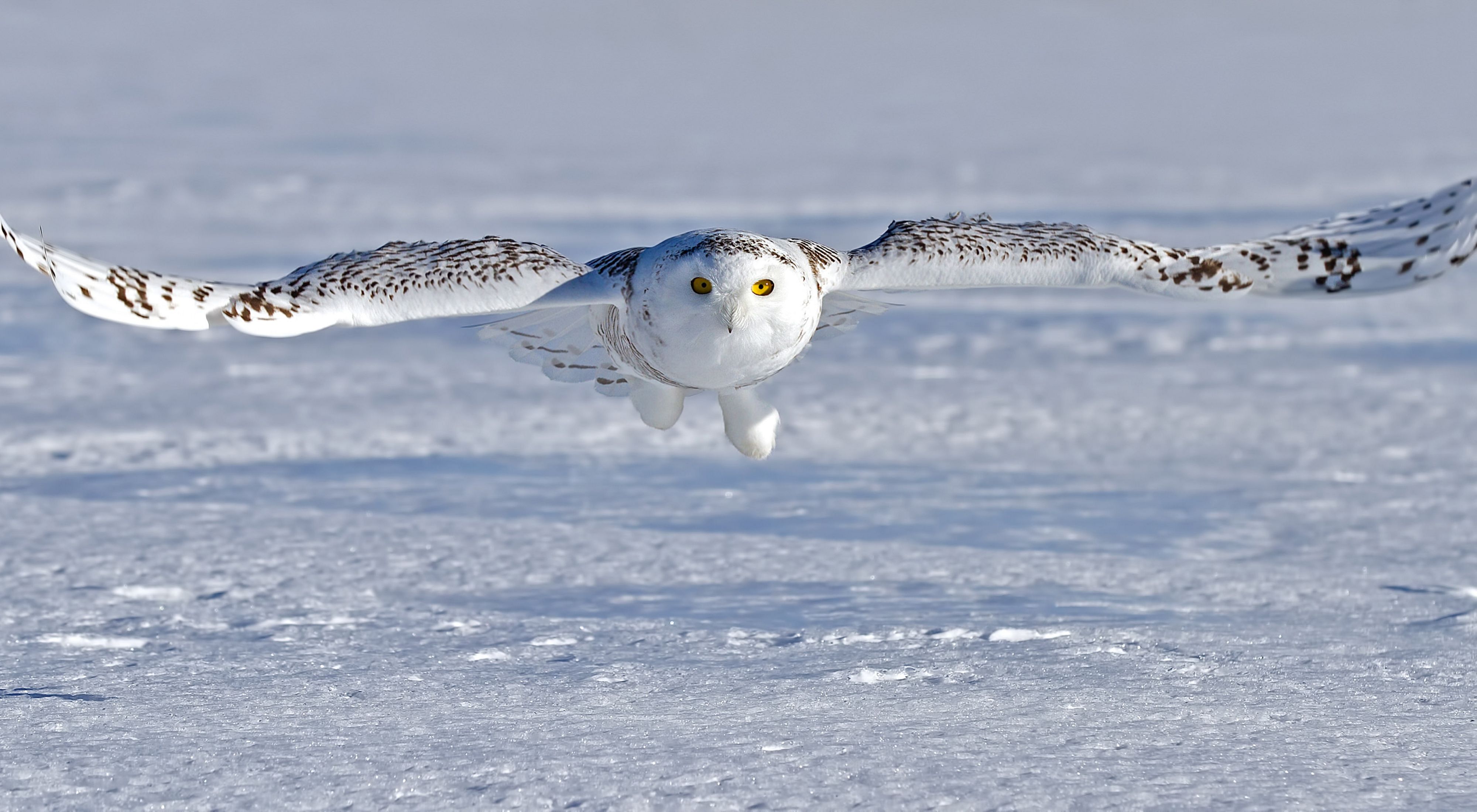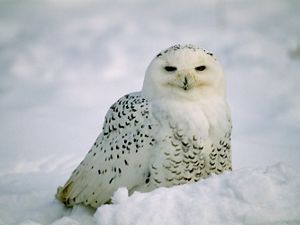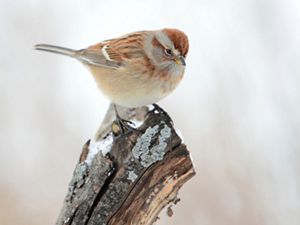Be Brave, Stay Wild
Brave Wilderness and The Nature Conservancy partner to educate and explore.

The Nature Conservancy (TNC) has teamed up with Brave Wilderness to help protect nature. TNC works to maintain much-needed biodiversity in nature, and protect and restore natural habitats for the wellbeing of even the most threated animal species.
At its core, Brave Wilderness seeks to promote a message of compassion and welfare for our environment. Coyote Peterson, Mario Aldecoa and their crew give viewers an up-close and personal look at the wonders of the animal kingdom. As they travel to all new destinations, they share their experiences with some of the most fascinating, bizarre, and iconic animals on this planet.
Snowy Owls in Ohio
The first collaboration from Nature Conservancy (TNC) and Brave Wilderness is focused on the snowy owl whose visit to Ohio from the frigid Arctic has captivated onlookers for weeks.
Snowy Owl Puke?!
Mario Aldecoa, one of the hosts for Brave Wilderness, was able to spend a lot of time observing the snowy owl that visited central Ohio. He nicknamed her 'Nieve' which is the spanish word for snow. He wanted to learn more about what snowy owls eat, so he studied owl pellets. In their snowy owl video, Coyote and Mario take a close look at what's inside an owl pellet, which is actually - owl puke! Watch their video to see what they find.

Fun Snowy Owl Facts
- The feet of snowy owls are covered with feathers, like fluffy slippers.
- Snowy owls are heavy. They need a lot of insulation to keep them warm and protected from cold temps, so they have a lot of feathers. They can weigh as much as 70 ounces which is about 10 times as heavy as a hamster, which makes it the heaviest owl in North America.
- Wingspans average 4-5 feet and help these birds sneak up quietly on prey.
- For birds around the world, habitat protection is vital. For the Snowy Owl, that means protecting breeding and nesting grounds in the arctic.
Snowy Owl Bark and Bill Snap
Listen to a female snowy owl barking and snapping its bill.
A recording of a female snowy owl making barking sounds and snapping its bill.
Protecting Birds in Your Own Backyard
For birds around the world, habitat protection is vital. Habitat loss is the major factor contributing to bird species decline worldwide. We've lost nearly 90% of habitat for just about every bird species.
For the snowy owl, protecting breeding and nesting grounds in the arctic is incredibly important. For other bird species, that means protecting and restoring forests, grasslands, wetlands or other natural habitats near your home.
Create natural spaces in your own yards and communities, and make sure to include native plants. Plant species in your gardens that provide berries or attract caterpillars and other insects that bird like to eat. Learn about invasive species and avoid those. Create a space that is welcoming to birds and they will use it.
Stay Curious and Keep Learning
Nature is the fantastic factory that makes the building blocks of all our lives—food, drinking water, the stuff we own, and the air we breathe. The Nature Conservancy and its 550 scientists have created Nature Lab to help students learn the science behind how nature works for us and how we can help keep it running strong. Nature Lab is a collection of online virutual field trips and learning resources for kids, parents and teachers.
Quote: Coyote Peterson

I have been fascinated with animals my entire life, and it’s my goal to share this passion with the rest of the world while proudly encouraging a continued drive toward the conservation of species and their habitats.
Exploring TNC Preserves
Coyote, Mario and the Brave Wilderness Team will be exploring more of The Nature Conservancy's preserves across the globe. TNC staff are excited to share in the adventures to find and study the amazing wildlife of this world.
One place they plan to explore is the Edge of Appalachia Preserve System in Southern Ohio. Nicknamed 'The Edge' by TNC staff, this preserve is 20,000 acres of forests, prairie remnants, large rock outcroppings and more. Over 100 rare and unusual species call this preserve their home.
Exploring TNC Preserves








Timber Rattlesnake
One of those rare species at the Edge preserve, and one the team hopes to learn more about, is the timber rattlesnake. The timber rattlesnake is one of three species of venomous snakes found in Ohio. It is listed as endangered in Ohio. These snakes are very private and will avoid contact with humans when possible. The Edge preserve contains the type of habitat they like to live in. It will be a fun challenge to find clues and look for signs of this species to hopefully lead us to see one.
TNC staff and the Brave Wilderness team will always follow local laws and regulations when searching for and filming any wildlife on our preserves.

Explore More Places We Protect
The Nature Conservancy owns nearly 1,500 preserves covering more than 2.5 million acres across all 50 states. These lands protect wildlife and natural systems, serve as living laboratories for innovative science and connect people to the natural world.
See the Complete Map
Stay Connected to Nature
Learn about the work of TNC and keep track of Brave Wilderness visits to our preserves.



